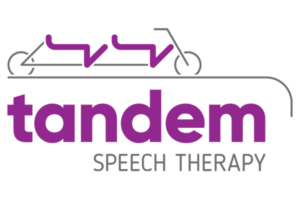
We recently moved to a new house in Austin, TX, and are fortunate to live across the street from the neighborhood elementary school and its garden. In addition to the school building and playgrounds, Becker Elementary School has unique additions. The school has a chicken coop, a “green classroom,” and beehives. All of this integrates into the curriculum and each classroom gets its own garden bed.
I signed up to volunteer at the Becker Green Classroom (aka the garden). After spending some time there, I was inspired by the many speech and language opportunities I saw. Playing With Purpose is a framework to help parents, caregivers, educators, speech-language pathologists, and anyone who works with children to build language enrichment into everyday activities. It’s a way for parents to take the hobbies they love, like gardening, and create moments of connection and learning with their children.
Take a peek at some of my favorite books about the garden*
Top 5 Tips for Playing With Purpose in the Garden:
1. Routine-based activities like gardening are great for working on sequencing. Start with a simple sequence for planting seeds and go through the steps with your child in repetition. I start with the sequence: dig a hole, place a seed or transplant inside, cover it with dirt, and then water. Each time you and your child repeat the steps, pair them with the same verbal statements. Consider taking photos as you go. Then have your child retell the seed planting sequence to you. This is both a receptive and expressive language task. The pictures can serve as support if they experience any challenges along the way.
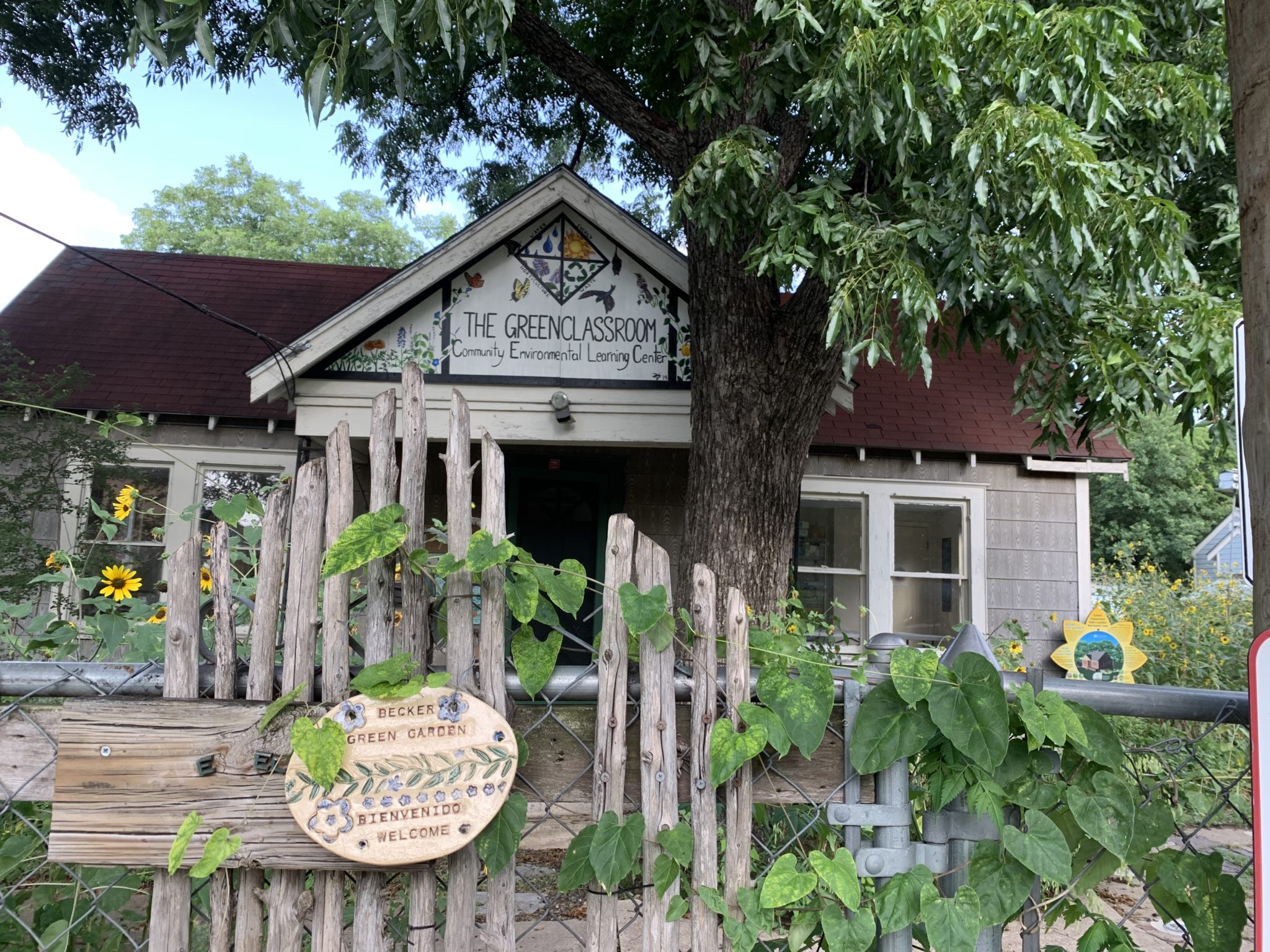
2. Many activities provide opportunities to expose our children to vocabulary they may not typically encounter–working in the garden is no exception. Gardening may introduce your child to words such as trellis, shears, compost, dahlia, and many words that are adjectives like colors, texture, and shapes. Seeing, hearing, and touching items in the garden while they hear these new words will help plant the vocabulary for kids.
3. Whether it’s fruits, vegetables, flowers, or weeds, plants grow differently–in a variety of locations. Location words are called prepositions, and your garden is the perfect canvas for teaching your child to understand and use them. Apples grow in a tree. Peas grow on a vine. Carrots and potatoes grow under the ground. Daisies may have yellow in the middle of the white petals. Weeds may sprout up between the garden rows. While you are modeling the sentences that include prepositions, be sure to point out the example in the garden. The added visual may help them learn and remember the new words more.

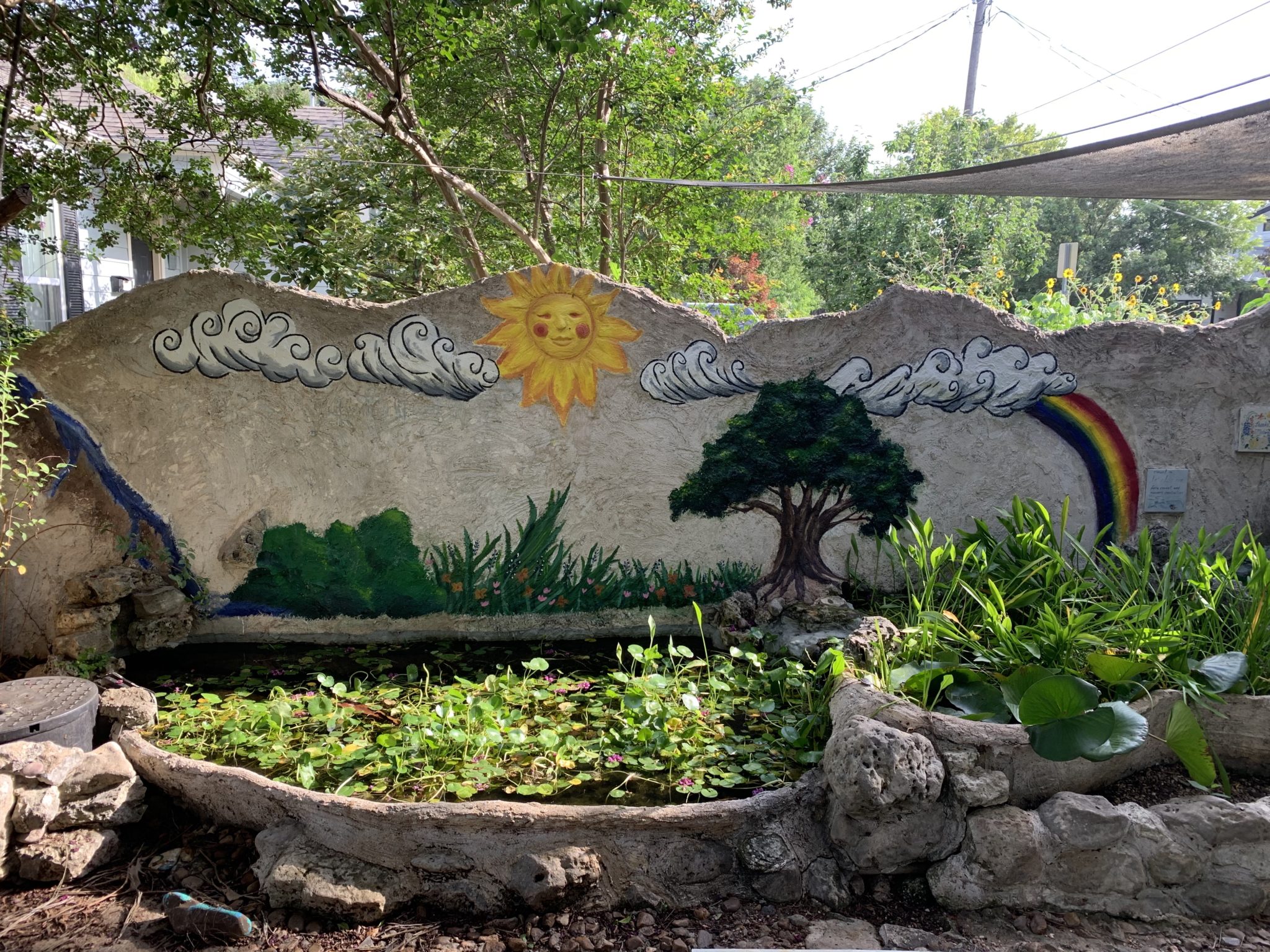
4. If you have an older child or client/student, use your time in the garden to support their writing and sentence development. For early writers, have your child label the plants in your garden with stakes or popsicle sticks. This can help reinforce letter-sound correspondence, supporting both speech and writing. For writers at the sentence level, there are many options. Your child could write the sequence you outlined from tip #1, they could use their imagination and write a story that takes place in the garden, or they could write descriptions of your various plants using vocabulary they gained in tip #2.
5. Kids can learn about antonyms while working in the garden. Antonyms are opposites. Children can compare different plants of the same type–some peas might be tall, while some might be short. They can also compare plants–parsley has rounded leaves while cilantro has pointy leaves. Other opposites you may encounter in your garden are big/little, dead/alive, wet/dry, and tall/short. The garden is also a place to talk about part-whole relationships. For example, a flower has a stem, leaves, roots, a stamen, and pollen. Different types of flowers will all have these parts but they may not all look the same. It’s another opportunity to also compare and contrast.

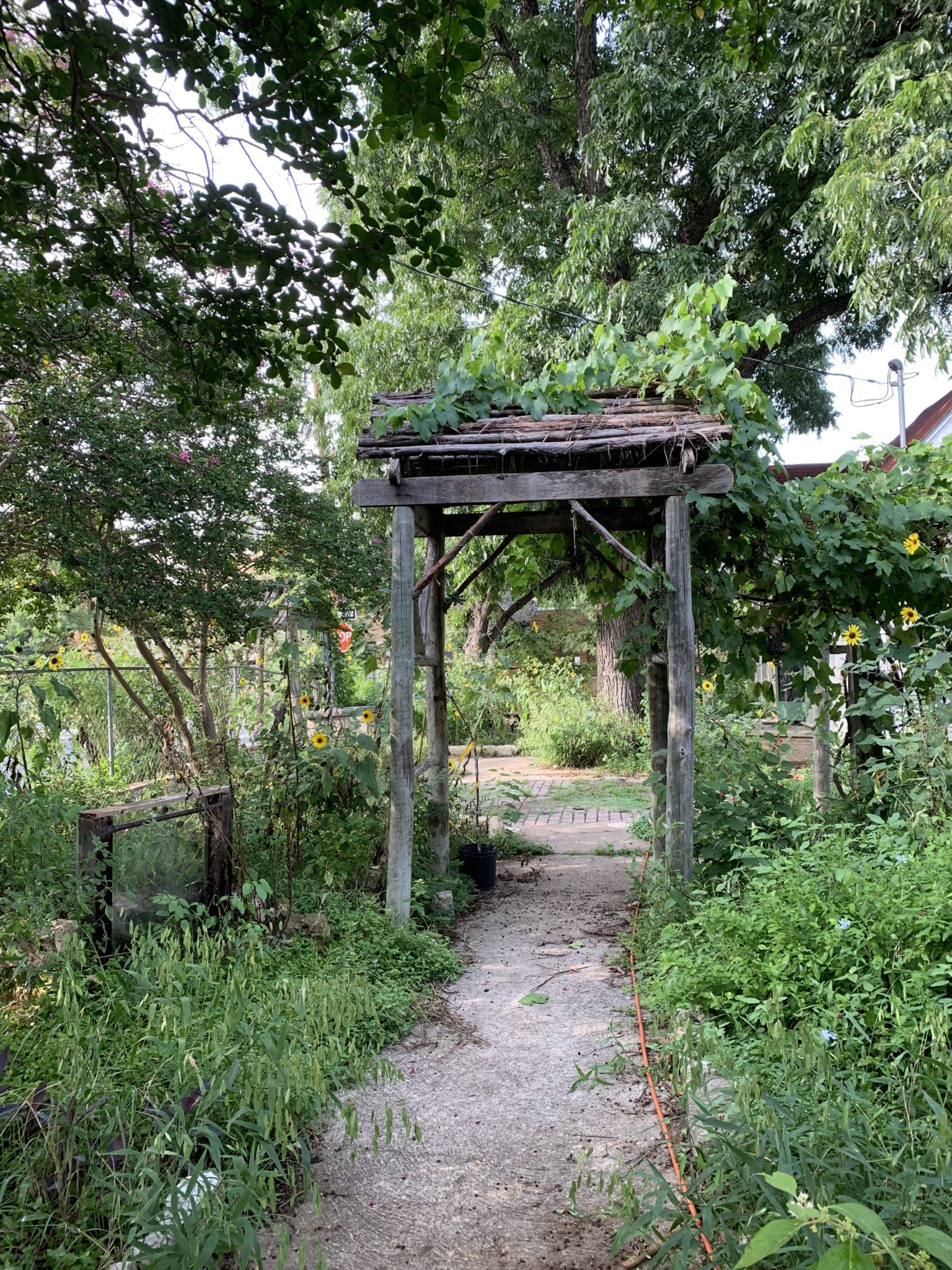
Want to learn more PWP strategies?
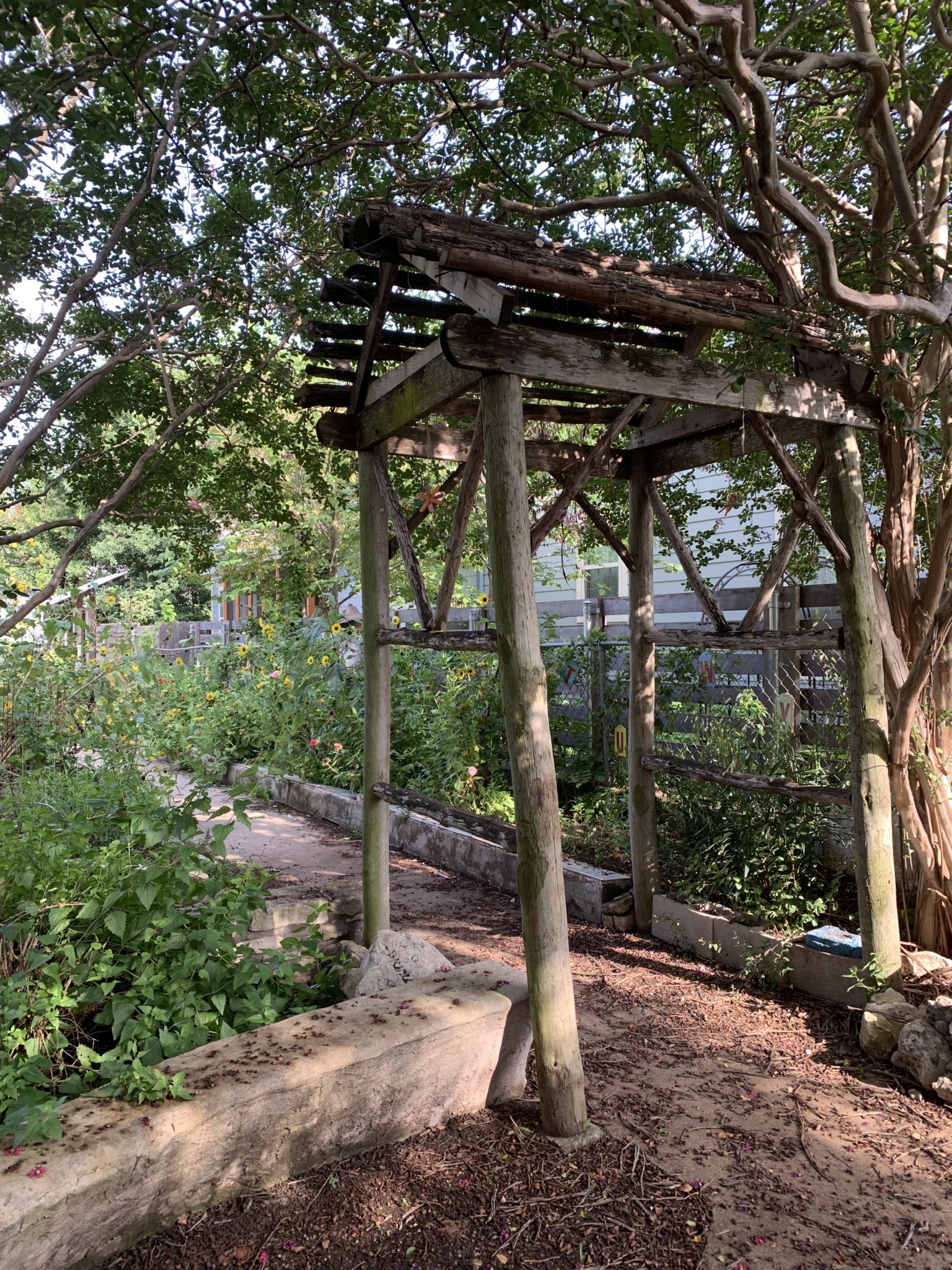
Start Playing With Purpose
Learn how to purposefully and intentionally interact with your child during play and help them increase opportunities for speech and language development with our Playing with Purpose book!
